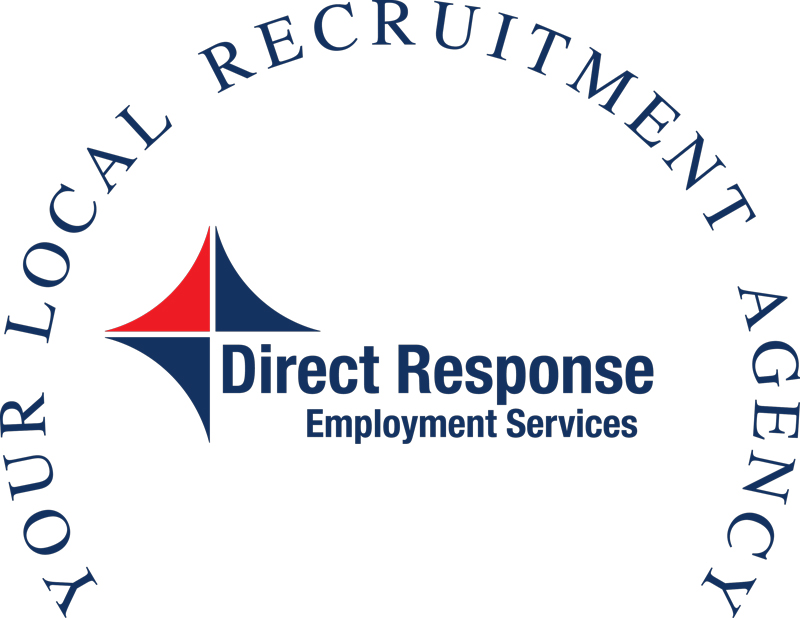It’s that time of the year when people often start looking for new positions or a new career. The first step is to create an impressive and unique CV or to update and improve your current one. Recruiters receive dozens, even hundreds of CV’s, so it is vital you make a great first impression with your resume.
A CV has to include both relevant information and be presented professionally in order to catch a recruiter’s eye. And although your formatting may change depending on your industry, there are a few simple rules which you should always follow – how your CV looks can dramatically change your chance of success.
Have a look at our list of Do’s and Don’ts below:
DO’S
- Use bullet points. This is a great way to break up text and make it more readable for employers. You don’t want to end up with long and detailed sentences that take half of the page, so use bullet points to outline your duties/responsibilities in a simple and neat way.
- Keep it to two pages.The most effective CVs aren’t just informative, they’re also concise. Try and get straight to the most important points, and ideally take up no more than two sides of A4.
- Include a personal statement. A significant number of people neglect to include this at the start of their CV which is a big mistake, as this can be the selling point. Write few sentences right at the top of the first page, illustrating your unique skills that make you a perfect match for the role. Ensuring you update this for every role that you apply for. Clearly outline the kind of role you are applying for and why and try to include the top three most relevant skills very briefly.
- Work in chronological order.
Whether you are writing about your experience or your education, the most recent information is the most important. Always put it first.
DON’TS
- Choose inappropriate font and size.Times New Roman is one of the most commonly used fonts, but you may find that Cambria or Calibri are better options for you. The ideal font size is 11 – remember, the hiring managers will be scanning your CV, so it needs to be nice and easy to read.
- Include irrelevant person information.You don’t need to include your nationality and you definitely don’t need to mention your age. Although employers aren’t legally allowed to dismiss your application based solely on how old you are, you’ll never know if that’s the reason they rejected you, so it’s best to avoid mentioning these type of details.
- Include negative information.If you are thinking of putting on your CV reasons why you left your previous positions, or perhaps that you have driving licence points or that you failed exams – forget it now. This is something you can explain in a job interview, so make sure you don’t include any negative information that would discredit you.
- Forget to double check.
This may seem obvious but a mistake on a CV could be the difference between an interview invitation and not. A survey found that there are around 5 typical errors put on most CVs. Since any mistakes put you at an immediate disadvantage to other potential candidates, don’t forget to read through and ensure that there are no mistakes and that the style is consistent throughout.
Once you have finished reviewing your CV ask you friend of family to have a look and check for grammar or spelling mistakes. When done, you can send your CV and wait for employer’s invitation for an interview!
We wish you the very best of luck!


